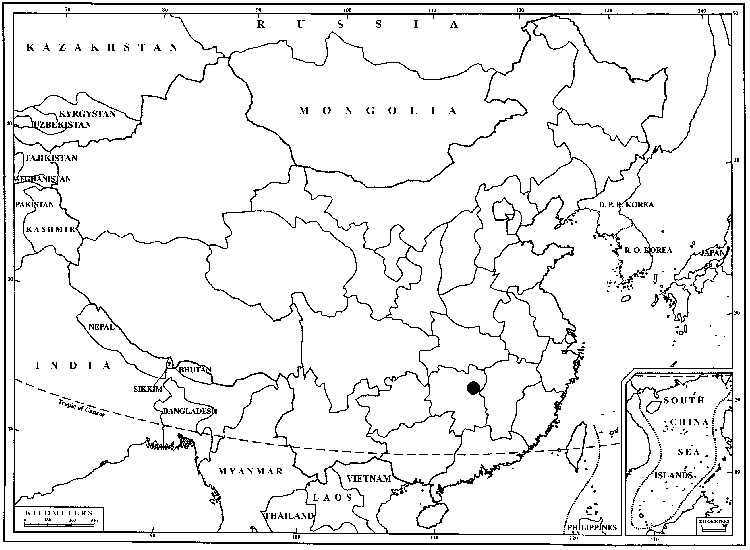Difference between revisions of "Weissia brachycarpa"
Laubm.-Fl. Oesterr.-Ung., 9. 1882,.
imported>Volume Importer |
imported>Volume Importer |
||
| Line 60: | Line 60: | ||
|publication year= | |publication year= | ||
|special status= | |special status= | ||
| − | |source xml=https:// | + | |source xml=https://bitbucket.org/aafc-mbb/fna-data-curation/src/2e0870ddd59836b60bcf96646a41e87ea5a5943a/coarse_grained_fna_xml/V27/V27_740.xml |
|subfamily=Pottiaceae subfam. Trichostomoideae | |subfamily=Pottiaceae subfam. Trichostomoideae | ||
|genus=Weissia | |genus=Weissia | ||
Latest revision as of 21:28, 5 November 2020
Leaves lanceolate to long-lanceolate, base weakly differentiated to elliptic, shoulders weak or absent, distal laminal margins very broadly incurved to erect, apex broadly channeled, acute, mucro usually very strong, of 5–7(–10) cells; costal adaxial stereid band smaller than the abaxial; distal laminal cells 8–12 µm wide. Sexual condition cladautoicous. Seta elongate, (0.2–)0.28–0.4 cm. Capsule stegocarpic, ovoid, often slightly curved or bulging on one side, operculum differentiated, falling, peristome absent.
Phenology: Capsules mature spring.
Habitat: Soil, limestone rocks, grassy areas
Elevation: moderate elevations
Distribution

B.C., N.S., Ont., Ind., Mass., N.J., N.Y., N.C., Ohio, Tex., Eurasia, n Africa.
Discussion
Weissia brachycarpa is a new name for the illegitimate combination Weissia microstoma (Hedwig) Müller Hal.
Weissia brachycarpa is easily distinguishable from related Weissia by the mostly plane (not tightly inrolled) distal leaf margins and usually a rather large mucro, composed of ca. 10 clear cells, but often only of 4–6 cells; other Weissia species have mucros of about six cells. Often the distal margins are sharply incurved (a sharp inflexion seen in section) and although the gametophyte has the appearance otherwise of Trichostomum crispulum, the largely plane (or broadly incurved) distal margins may be taken as a secondary character, perhaps a reduction. Weissia ludoviciana, likewise, has largely plane distal leaf margins, but inflexion may be evident in some specimens. In addition, the very long and narrow leaves of W. brachycarpa and W. ludoviciana are not duplicated in Trichostomum except in the T. tenuirostre complex. Weissia brachycarpa is cladautoicous, with perigonial buds borne in the axils of lower branches of robust fruiting plants. Weissia brachycarpa is related to W. rutilans of the Old World by the nearly identical gametophytes; the latter species differs in the rudimentary peristome teeth, and slightly larger spores. The nomenclature of W. brachycarpa is intricate; see discussions by M. O. Hill (1981) and T. J. Koponen et al. (1977).
Selected References
None.